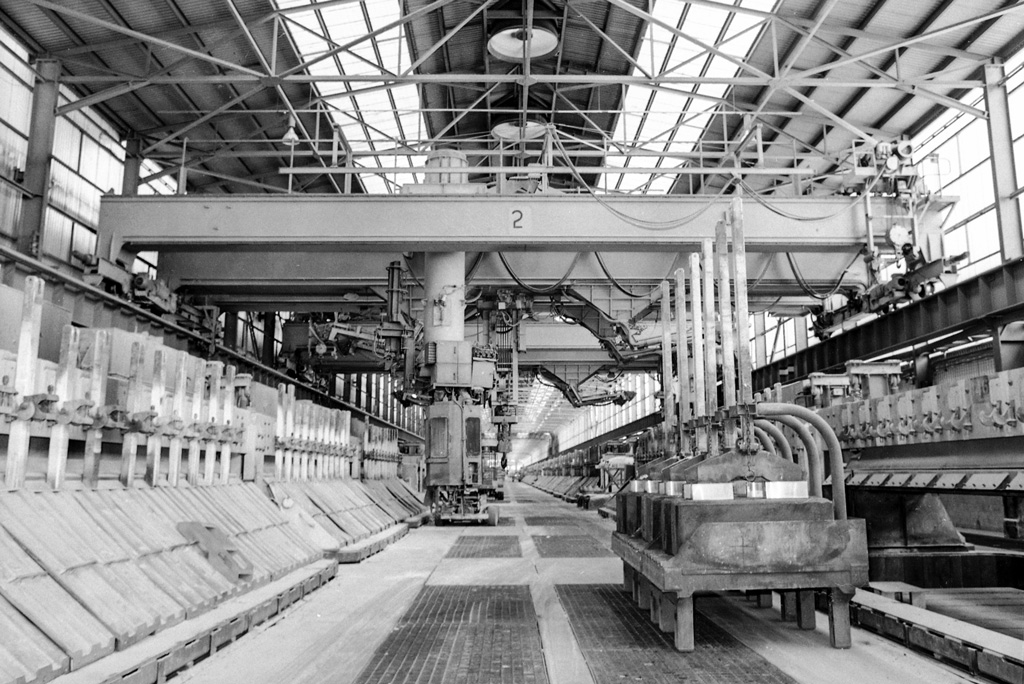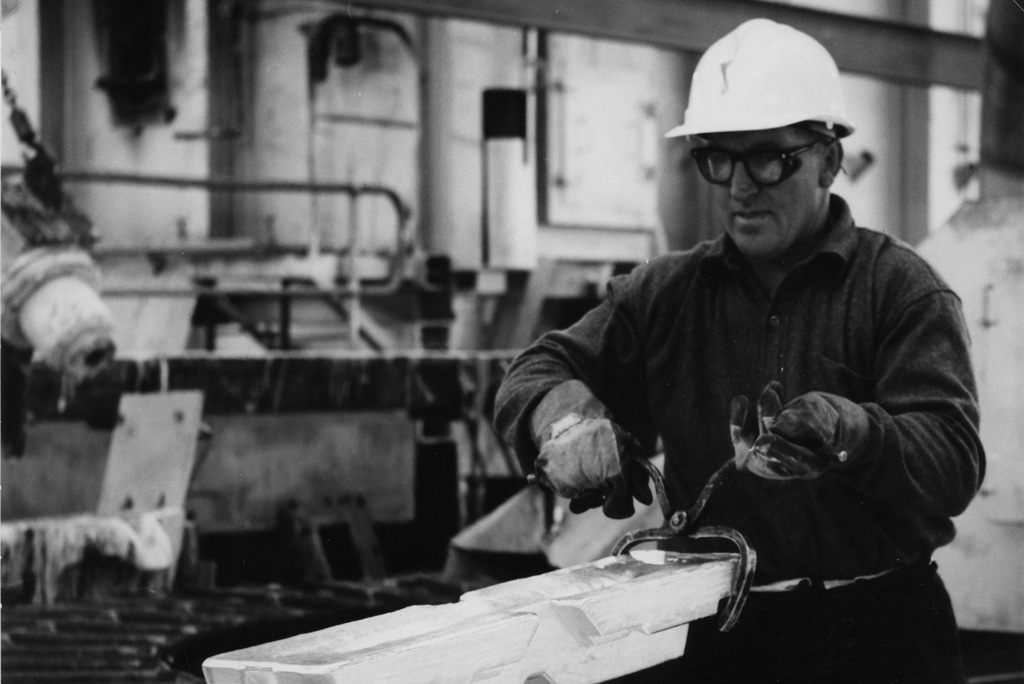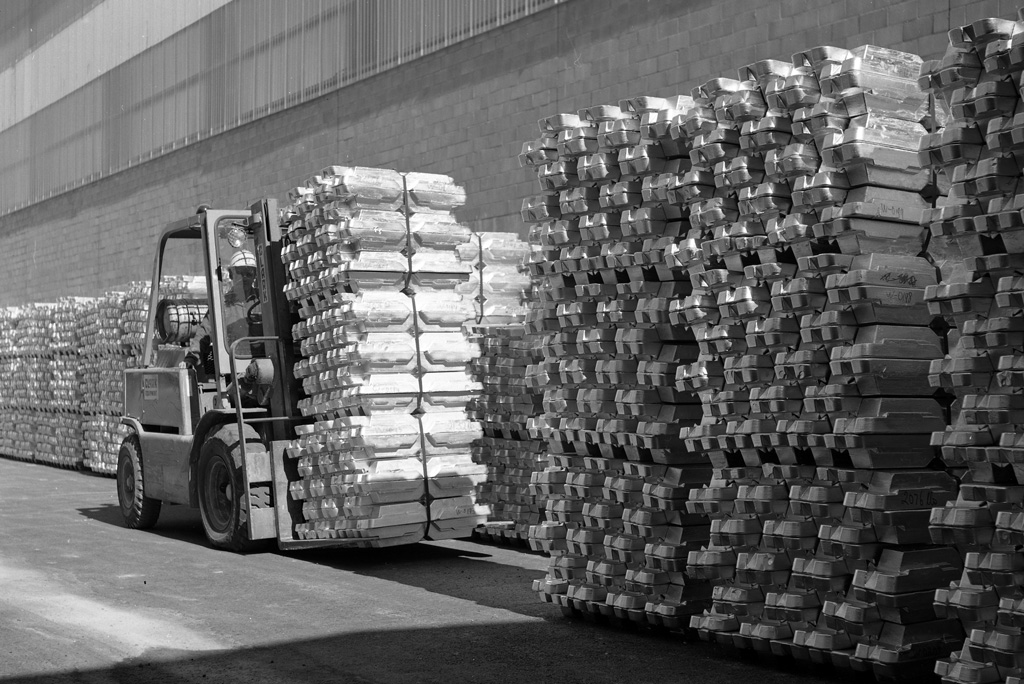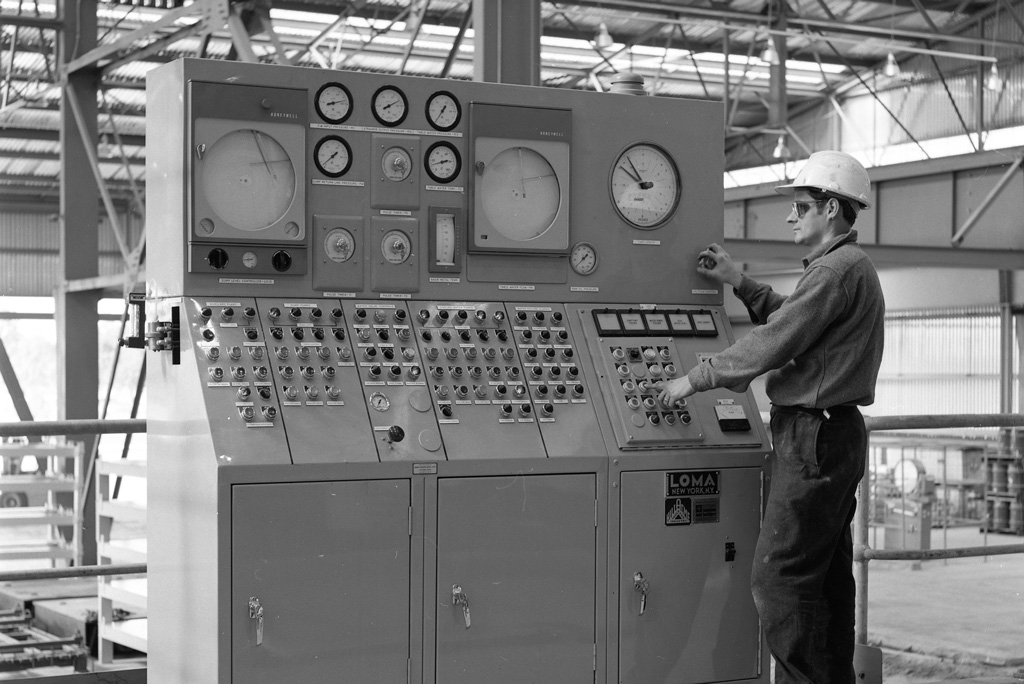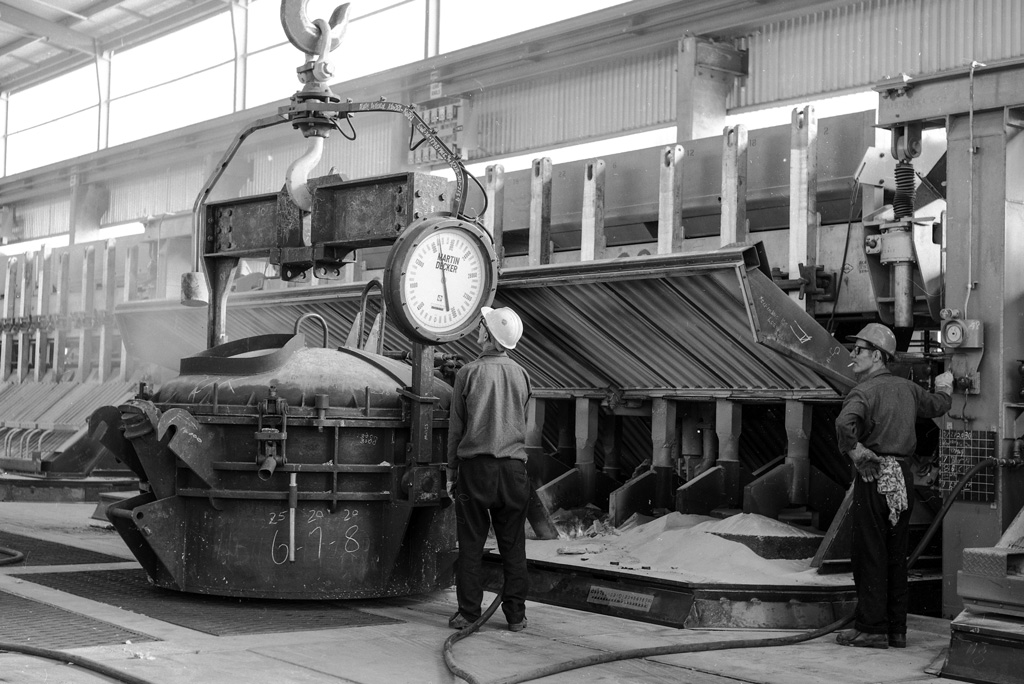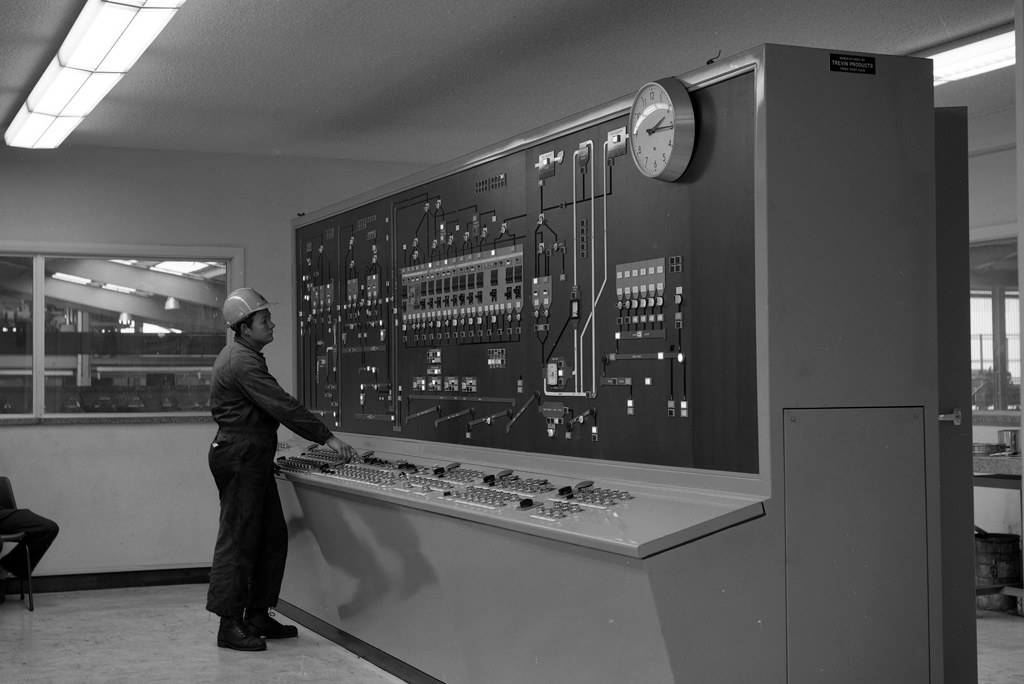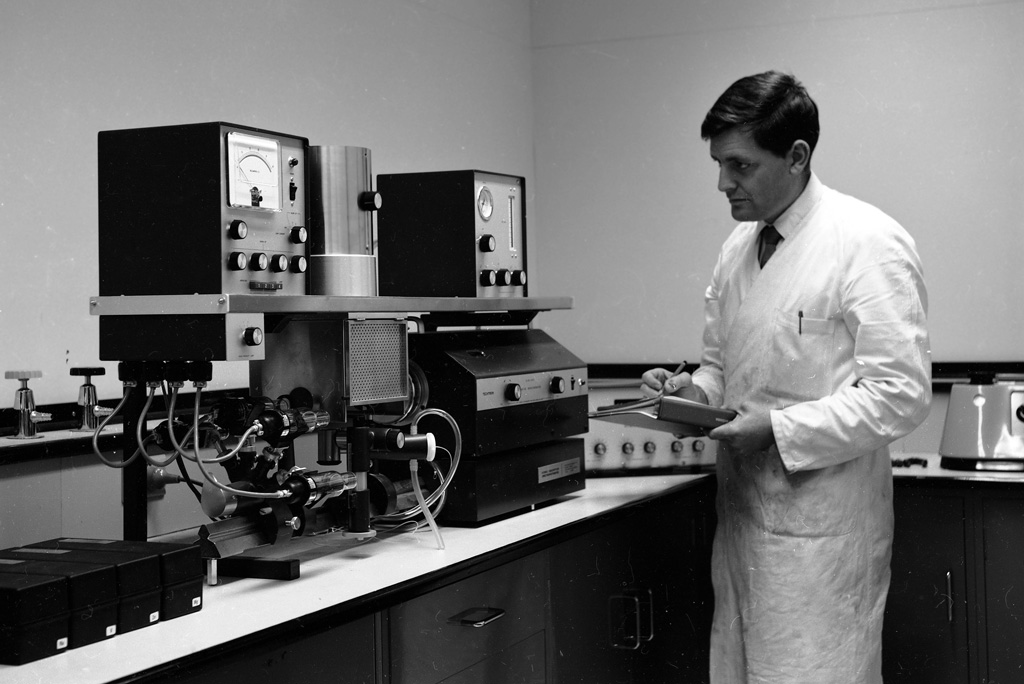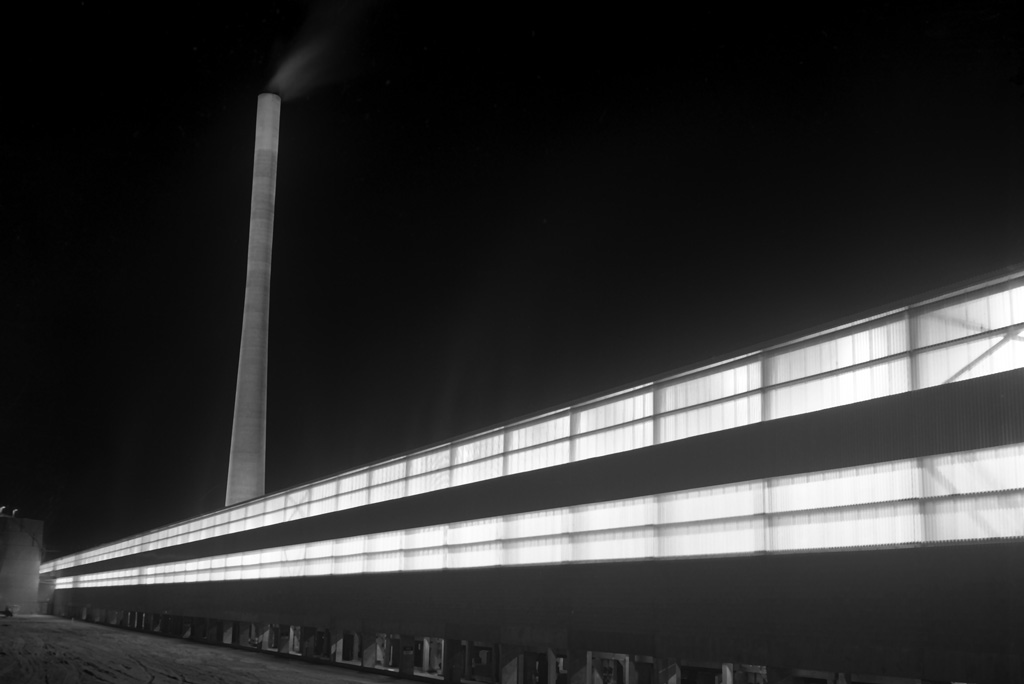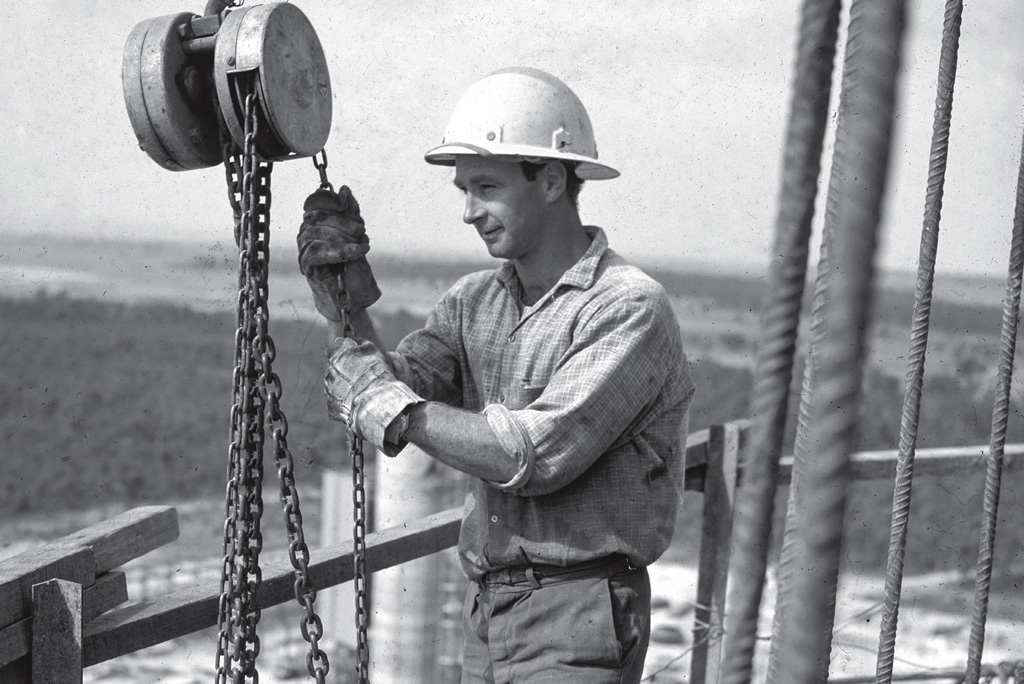Whilst a new chapter commences with the creation of The Loxford, the land on which this community is being built comes with a rich and community oriented history dating back to 1936.
The land was previously owned by ALCAN, the Aluminium Company of Canada and BACO the British Aluminium Company and Electrolytic Zinc Company. Together they established the Australian Aluminium Company Pty. Ltd, locally known as Australuco, which formed the Kurri Kurri smelter which started production in 1969.
The Kurri Kurri smelter, affectionally known as ‘The Can’ was a busting workplace that sustained countless families and businesses throughout its operations and was one of the biggest employers in the Hunter Valley & Newcastle region, employing nearly 1000 workers at its peak.
The smelter started production at 2,300 metric tonnes per annum, the first pot line reached full capacity in just 4 years at 45,500 metric tonnes per annum. 1980 saw a second pot line added and a third in 1986, taking the smelter’s capacity to 150,000 metric tonnes per annum. Since then, modernisation, technological changes and optimisation brought the smelter capacity to over 180,000 metric tonnes per annum.
In 2002 Norsk Hydro purchased the smelter, rebranding as the Hydro Aluminium Kurri Kurri for the next decade, until hot metal production ceased in the pot lines on 7th September 2012.
To ensure remembrance of the smelter, Hydro Aluminium Kurri Kurri held a reunion at the local Bowling Club on Tarro Street, featuring guest speakers including former employees as well as historic footage and photos throughout the operation. During the course of 2018 the community commissioned a mural to capture the values and ideas of the community surrounding the smelter. A nod that tied into the reputation of Kurri Kurri as a mural town.
In October 2018 the mural by Daniel Joyce was officially opened on Hart Road Loxford. A meaningful addition to the region’s murals by Hydro.

The Kurri Kurri smelter, affectionally known as ‘The Can’ was a busting workplace that sustained countless families and businesses throughout its operations and was one of the biggest employers in the Hunter Valley & Newcastle region, employing nearly 1100 workers at its peak.

